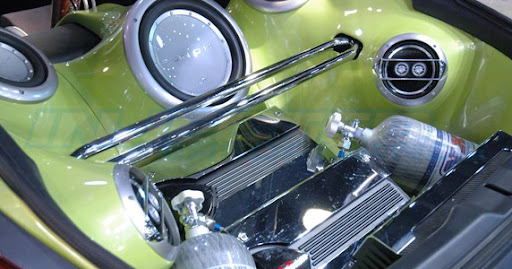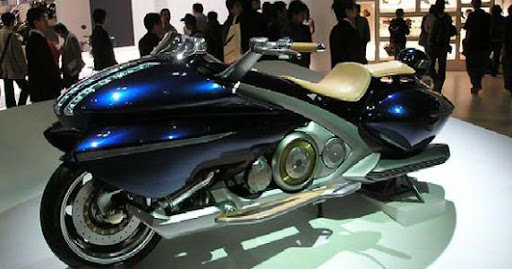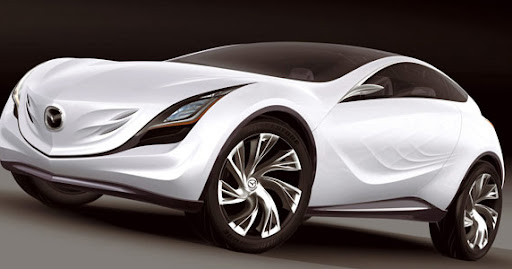 The best definition of a real sports car came from the late John Timanus, a successful racer in the '50s and '60s and long-time technical director of the Sports Car Club of America: "A sports car is a four-wheeled motorcycle." That's the Honda S2000.
The best definition of a real sports car came from the late John Timanus, a successful racer in the '50s and '60s and long-time technical director of the Sports Car Club of America: "A sports car is a four-wheeled motorcycle." That's the Honda S2000.Long ago, I tested Comptech Racing's Reynard 95I-Honda Indy car. Driving the 2009 S2000 put me back in that carbon-fiber tub. The S2000's digital dash is a near copy of that racer's. The driver's compartment of an S2000 is tight. You needn't be as short or trim as an Indy car driver, though the big of butt will find the S2000 cramped. Like an Indy car, an S2000 requires skilled foot coordination to get it in motion from rest. Stalls are inevitable.
Like an Indy car, the S2000's 237-horsepower 2.2-liter four-cylinder engine doesn't make a lot of torque at low engine speeds and doesn't reach its peak of 162 pound-feet until 6,800 rpm. Once either the Indy car or the S2000 smells the sweet spot of the torque band, their engines begin revving like crazy. At maximum acceleration, there's little point in putting your right hand back on the steering wheel between shifts of the S2000's six-speed transmission.
On dry public roads, it's difficult to get the S2000's sticky Bridgestone Potenza RE050s anywhere close to their limit. But a light rain prompted me to relive my Indy car experience. Like a knucklehead, I switched off the S2000's stability control and launched from a stop at an assertive 4,000 rpm. There was only a hint of wheelspin as the digital lines of the tachometer raced across the top of the dash. As the tach line turned red I pulled back on the precise, short-throw shifter without lifting fully off the gas. The rear tires lit up exactly like those on the Reynard-Honda when I was rough on the throttle. Fortunately, the S2000's Torsen limited-slip differential helped prevent the rear from stepping out.
I repeated this on the two-three upshift and was rewarded with a bit more wheelspin. The S2000 then told me the same thing as the CART car: "Be more gentle or you're going to make a fool of yourself." Having matured slightly over 14 years, I figured I didn't need to run the S2000 to the redline in third. In the rain. On a public road. Instead, I entered the upcoming off-camber left-hander a hair faster than was prudent. Okay, fast enough to earn chrome wrist jewelry from the police, and was rewarded by a slight and easily catchable tail slide. When the rear settled down, it required every bit of my scarce willpower to keep from going back to wide-open throttle. Old habits die hard.
The first edition of the S2000 appeared in 1999 as a 2000 model. Its 2.0-liter engine suffered from an overly high torque peak. To get maximum drag-race-style acceleration required a drag-car style launch. The driver held the gas and clutch pedals to the floor and, with the engine bouncing against its 9,000-rpm rev limiter, sidestepped the clutch. That early S2000 would then spin its tires about a rotation and a half until the engine bogged below the torque peak. Then it came to life. It wasn't easy on the equipment, but to quote the philosopher Tina Turner, we never ever do nothing nice and easy...we always do it nice and rough. With the new 2.2-liter engine, a best-time launch is accomplished at a more reasonable 4,500 rpm or so.
The S2000 is a spectacular-and real-sports car that would have been a cult legend had it appeared in 1969 or 1979 or even 1989. Unfortunately for it, the S2000 debuted when we were infatuated with three-ton station wagon (also known as SUVs). Still, this is a real sports car.








































